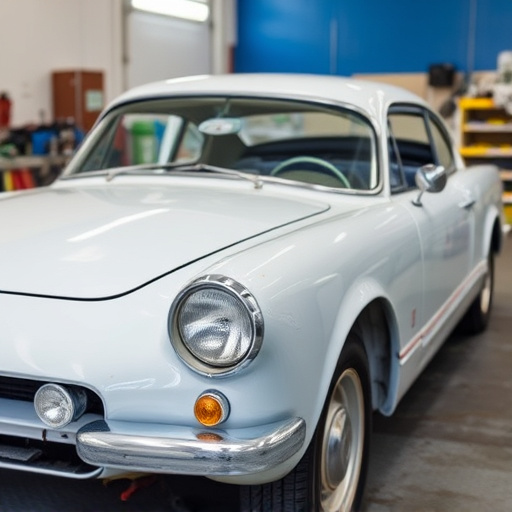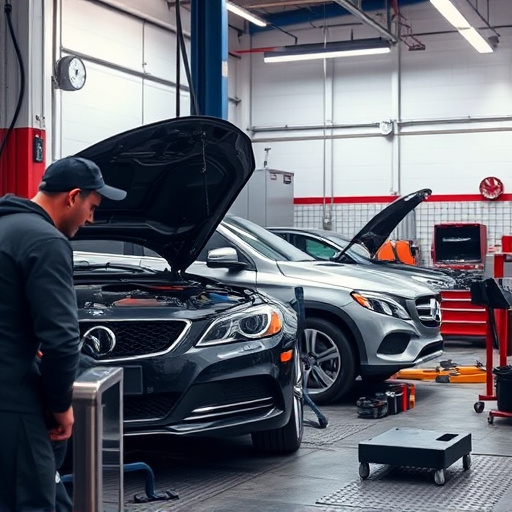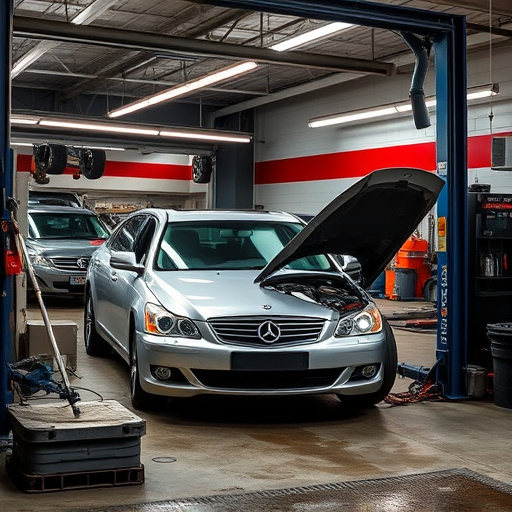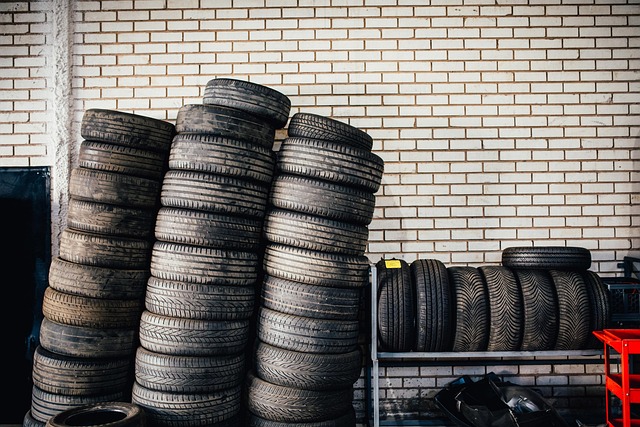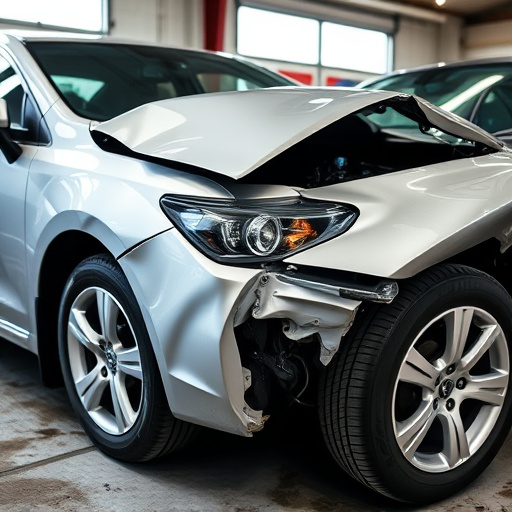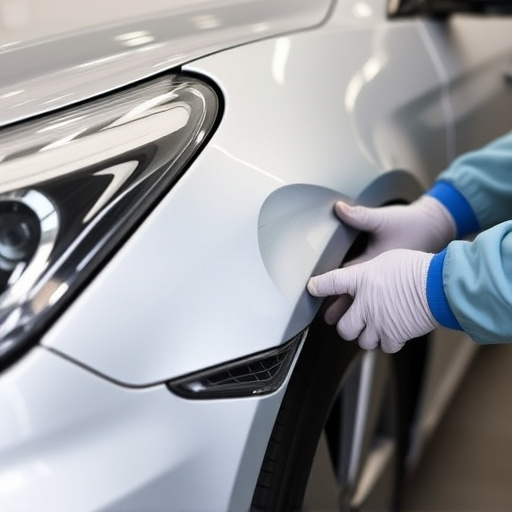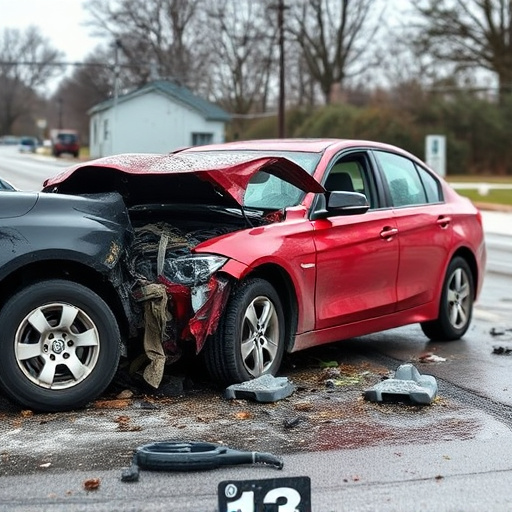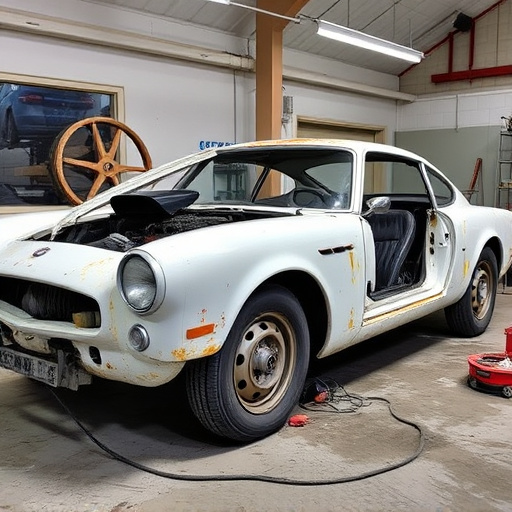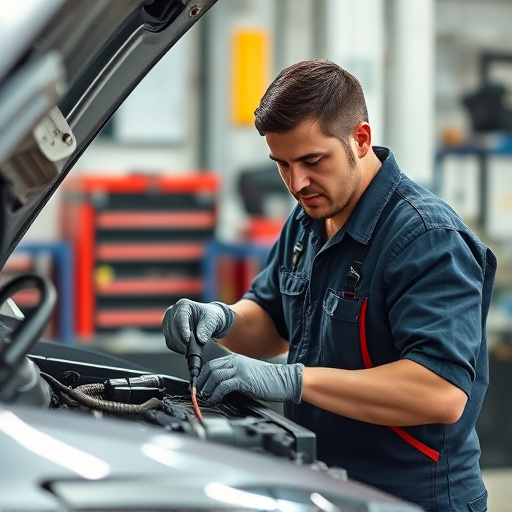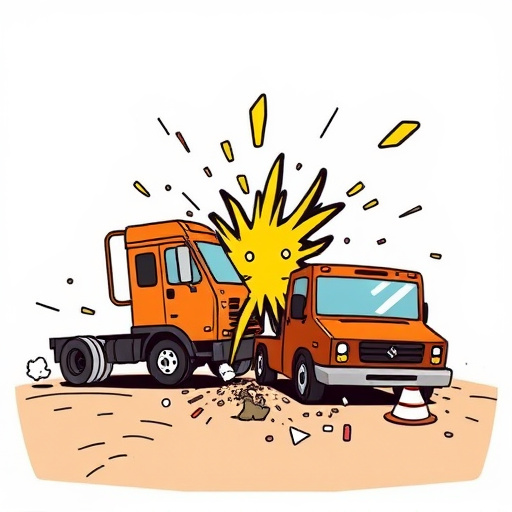Remanufactured collision parts offer a sustainable and cost-effective solution for car repairs, providing high-quality alternatives to new parts at lower costs while reducing waste. These parts undergo rigorous testing to ensure structural integrity, performance, and safety, making them reliable for various services like bumper repair. Eco-friendly practices in their disposal promote a circular economy and protect the environment, contributing to a greener automotive industry.
In today’s automotive industry, remanufactured collision parts are gaining popularity due to their cost-effectiveness and environmental benefits. Understanding the intricacies of these parts is crucial for garages and mechanics. This article explores best practices for handling remanufactured collision parts, focusing on quality assurance, safe integration, and eco-friendly disposal methods. By mastering these practices, professionals can ensure superior vehicle repairs while minimizing waste and contributing to a greener future.
- Understanding Remanufactured Collision Parts: Basics and Benefits
- Quality Assurance: Testing and Standards for Safe Integration
- Responsible Disposal: Eco-Friendly Practices for Used Parts
Understanding Remanufactured Collision Parts: Basics and Benefits
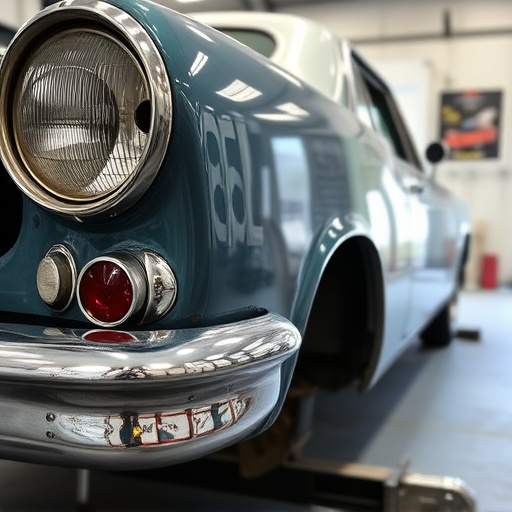
Remanufactured collision parts are a sustainable and cost-effective solution for car owners looking to repair damage from accidents or cosmetic issues like dents and scratches. The process involves disassembling, cleaning, inspecting, and reassembling used auto parts, often with new components, to restore them to their original specifications. This not only reduces waste but also provides a high-quality alternative to brand new parts at a lower cost.
The benefits of remanufactured collision parts are numerous. For body shops, it offers an eco-friendly option that can enhance their reputation as green businesses. For car owners, it means access to reliable repairs without breaking the bank. Moreover, with skilled technicians handling the process, these parts can provide the same level of performance and safety as new ones, ensuring a smooth and efficient repair experience, whether for dent repair or more extensive body shop services.
Quality Assurance: Testing and Standards for Safe Integration
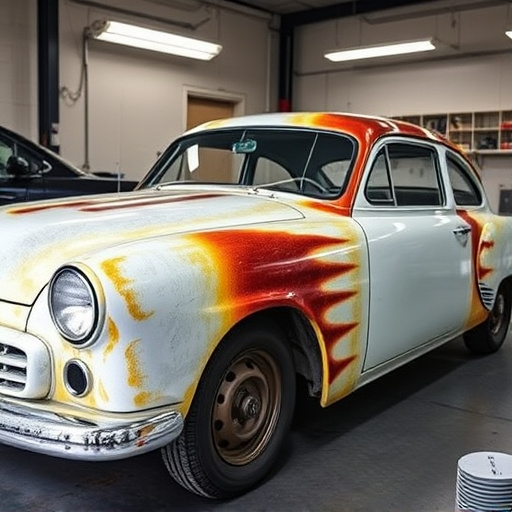
When integrating remanufactured collision parts into a vehicle, quality assurance is paramount to ensure safe and reliable operation. These parts, often refurbished from damaged vehicles, must undergo rigorous testing and meet established industry standards. This process involves assessing structural integrity, material composition, and performance capabilities to mimic original equipment. Specialized tests such as impact resistance evaluations, fatigue simulations, and corrosion protection assessments are crucial to verify the remanufactured part’s safety and longevity.
Maintaining stringent quality control measures ensures that remanufactured collision parts perform just as well as new ones. This includes adhering to specific testing protocols and standards set by automotive manufacturers or recognized industry bodies. By implementing these best practices, collision repair facilities can guarantee customer safety, protect their reputation, and offer high-quality vehicle repair services, including effective bumper repair and comprehensive collision damage repair solutions.
Responsible Disposal: Eco-Friendly Practices for Used Parts
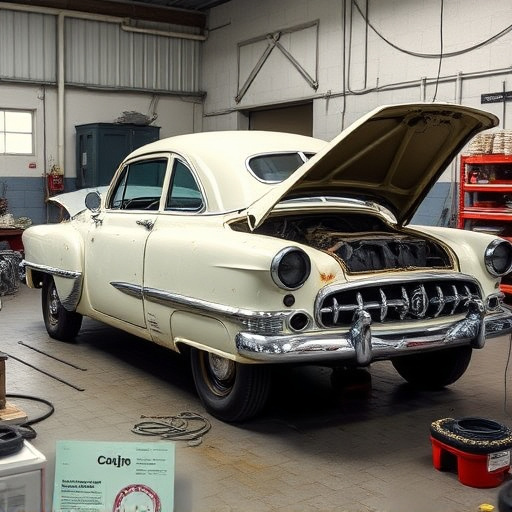
When handling remanufactured collision parts, responsible disposal is a key aspect of sustainable automotive practices. As the demand for eco-friendly car restoration and collision damage repair continues to grow, so does the need for proper management of used parts. Many traditional disposal methods involve sending these components to landfills, which not only takes up valuable space but also contributes to environmental pollution.
Car repair shops can play a significant role in reducing this impact by adopting eco-friendly practices. This includes recycling metal, plastic, and other materials from remanufactured parts, ensuring they do not end up as waste. By implementing these strategies, car restoration businesses can contribute to a circular economy, where resources are reused and repurposed, ultimately leading to a greener future for the automotive industry and beyond.
In conclusion, handling remanufactured collision parts responsibly is paramount in the automotive industry. By understanding the benefits and basics, implementing stringent quality assurance measures, and adopting eco-friendly disposal practices, professionals can ensure these parts contribute to safer vehicles and a greener environment. Proper integration of remanufactured collision parts is not just a sustainable choice, but also a strategic one that can drive costs down while maintaining high safety standards.

